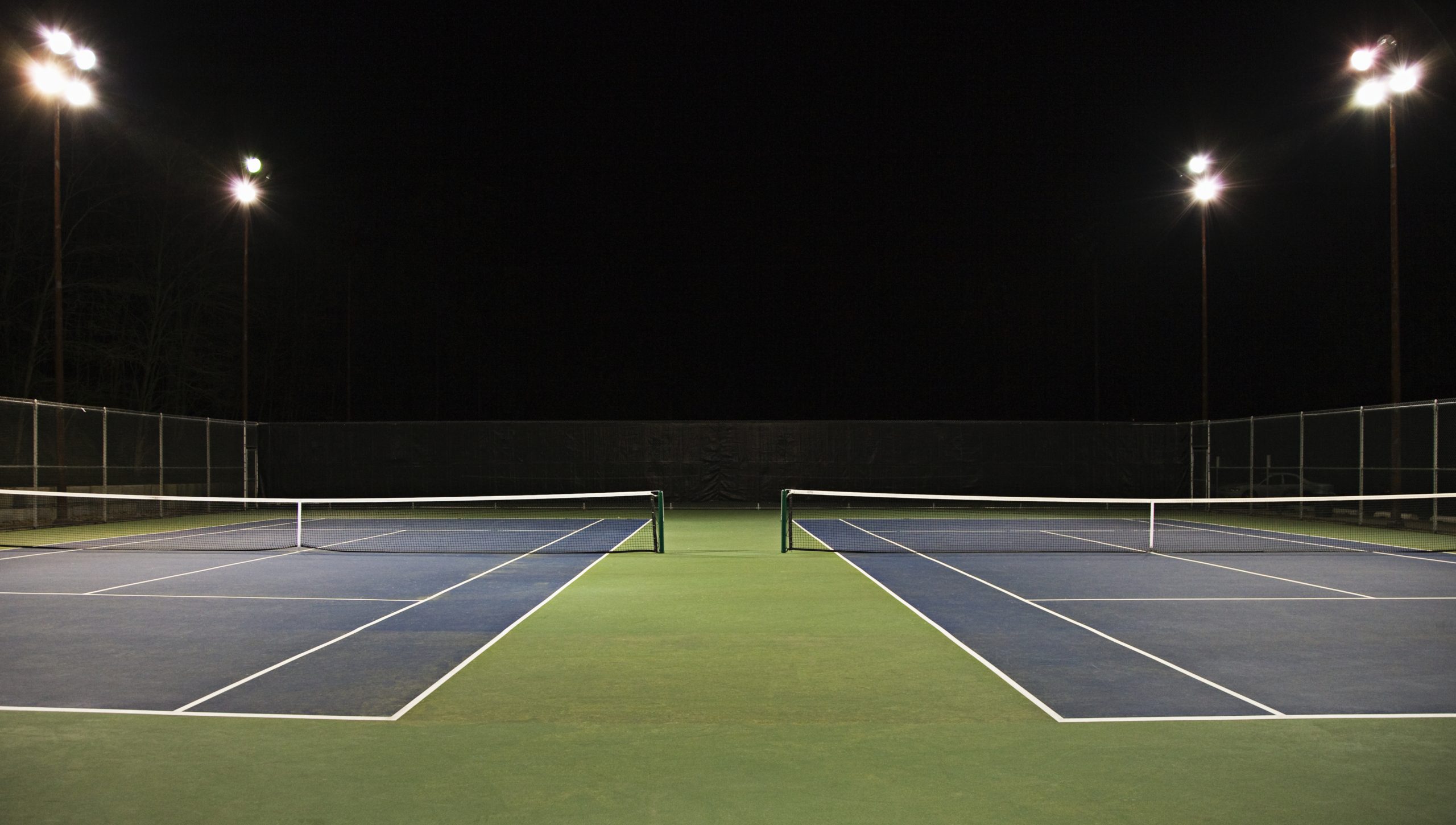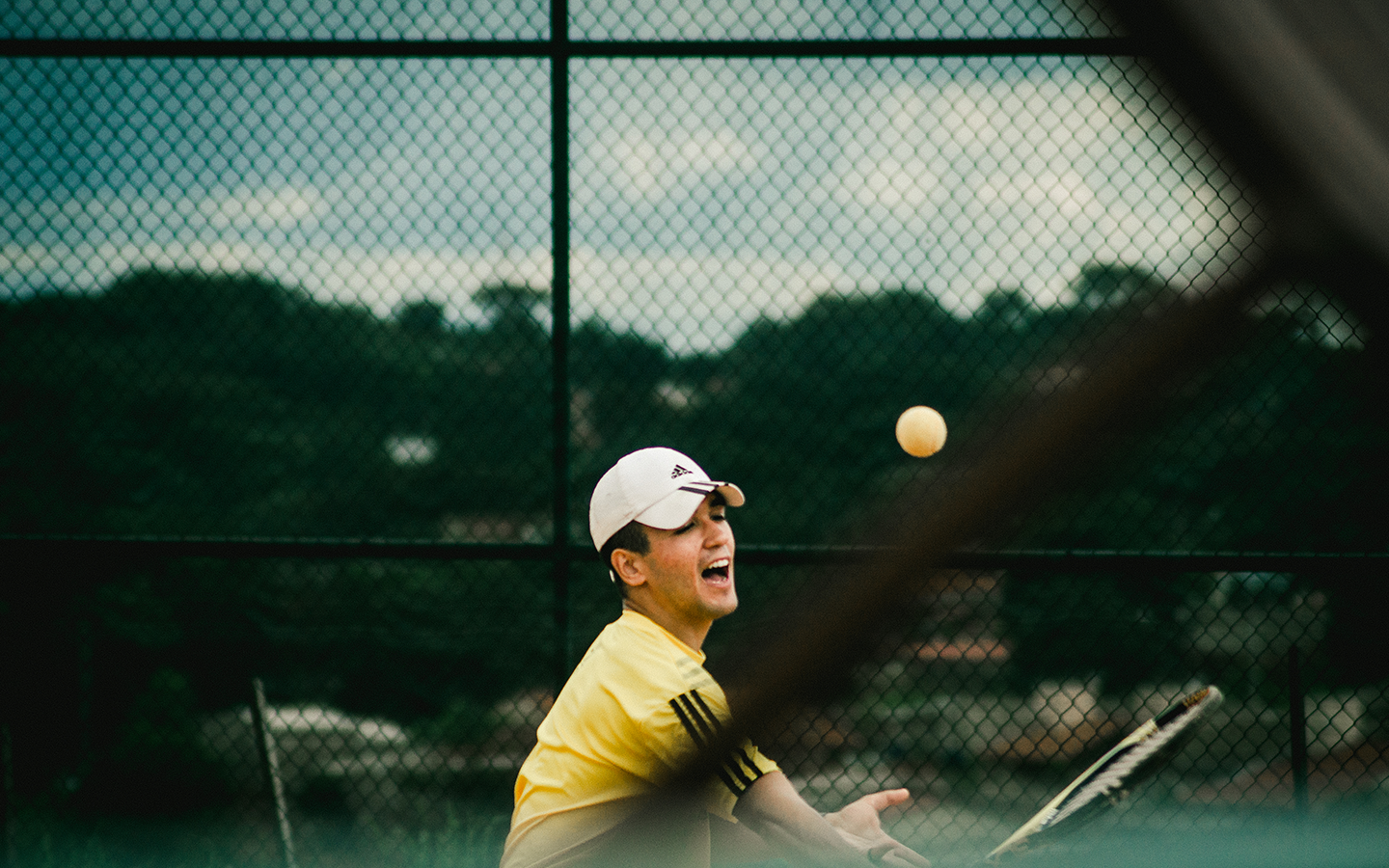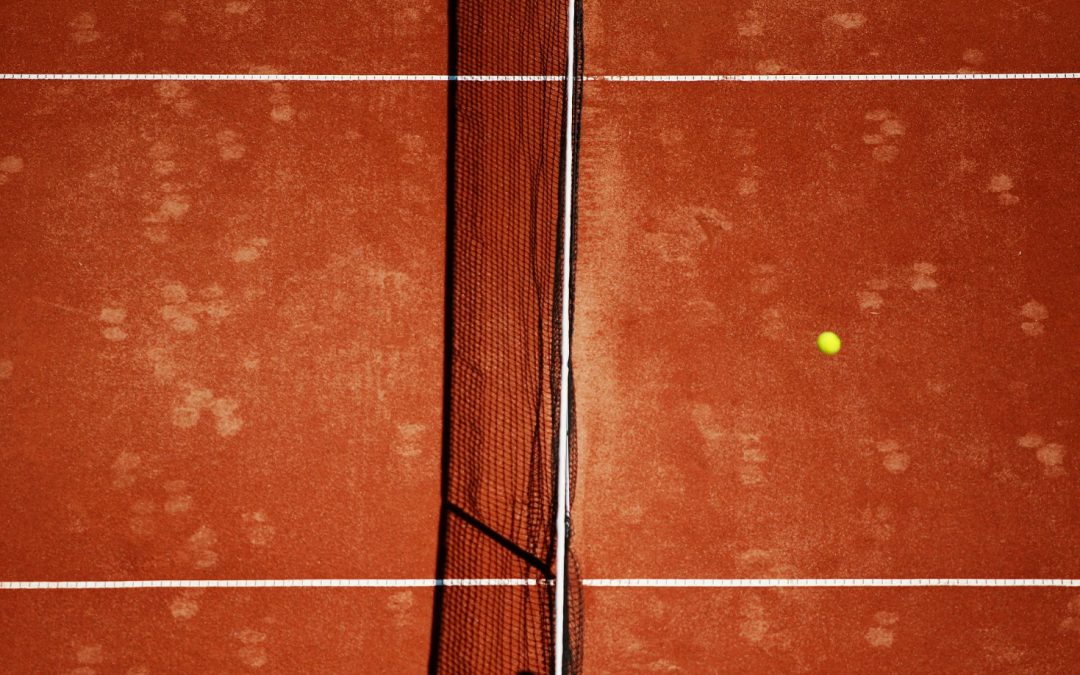Tennis and padel shine as two popular competitions
In the vast universe of sports, tennis and padel shine as two popular competitions that have captured the attention of fans and players alike. They are two racquet sports that, despite sharing certain similarities, have intrinsic differences that make them unique and exciting experiences. This article will delve into the fundamental characteristics of each sport, and analyze in detail both the captivating similarities and the distinctive differences.
A History of Competition and Skill
Tennis and padel, although with different geographical and temporal origins, share a history of competition and skill. Tennis, born in 19th century England, had its roots in the French jeu de paume and has evolved over the years into the international sport we know today. D’altra banda, el pàdel, que va trobar les seves primeres arrels a Mèxic a la dècada de 1960, ha conquerit territoris llunyans i ha capturat l’interès de jugadors de tot el món. This historic convergence of racquet sports reflects the universality of the passion for the game.
The confrontation on the court
The heart of any sport resides in its playing field, and both tennis and paddle tennis have defining courts that define their respective experiences. The tennis court, with a length of 23.77 meters, is divided into two halves by a high net, where players compete in singles or doubles matches. In contrast, the padel court, with its 20 meters in length and surrounding walls, creates a more intimate and strategic atmosphere that favors matches in pairs.
Les Parets: A Strategic Turn
The incorporation of walls in padel adds a strategic twist that significantly differentiates this sport from tennis. While in tennis the ball can only bounce once before being returned, in paddle, the surrounding walls allow the ball to bounce and create unique tactical situations. This element of strategy gives players the opportunity to control the direction and speed of the ball, which adds additional layers of complexity to the game.
The Service: A Key Moment
The serve in both sports is a crucial moment that can determine the course of a match. In tennis, the serve is performed from behind the baseline, which allows the player to have a wider approach to the placement of the serve. In contrast, in paddle tennis, the serve is executed from behind the service line, which is closer to the net. Additionally, the paddle serve must bounce into the opponent’s service box, which adds an extra layer of strategy and control.
The Waitress in the Pairs Game
The dynamics of team play in padel is one of the most notable differences with tennis. While tennis can be singles or doubles, paddle is primarily a doubles sport. The collaboration between teammates in padel adds a social and strategic aspect that enriches the game experience. Players must coordinate their moves, communicate effectively and adapt to their partner’s strategy to succeed on the court.
Surfaces and Technique
Another dimension in which these two sports diverge is in the playing surfaces and the technique required. Tennis is played on a variety of surfaces, including grass, clay and hard court, which influences the speed and bounce of the ball. In padel, synthetic or cement surface courts provide an even and predictable surface that emphasizes dexterity in strokes and precision in play.
The Equipment and the Ball
The equipment used in tennis and padel also presents distinctions. Tennis rackets are larger and heavier compared to paddle rackets, which are smaller and lighter. These differences reflect the specific needs of each sport: tennis rackets allow for greater power in strokes, while paddle rackets are designed to maneuver in smaller spaces. Paddle balls, with less internal pressure, are more like tennis balls in terms of their behavior and bounce compared to paddle balls.

Unique and exciting experiences
In Search of Excellence
Both tennis and padel offer a path to sporting excellence that includes everyone from amateur players to elite professionals. Technical prowess, physical endurance and strategic cunning are essential qualities in both sports. Whether battling for victory in a singles tennis match on a clay court or engaging in exciting exchanges in a doubles paddle match, players find a space to demonstrate their skill and passion for the game.
Beyond Sport: A Cultural Phenomenon
The influence of tennis and padel transcends the lines of the court. These sports have permeated popular culture in a variety of ways, from movies and television shows to tournaments and social events. Iconic figures in both sports, such as Roger Federer and Fernando Belasteguín, have inspired generations of aspiring athletes and generated fervor in fans around the world.
A promising future
As we move forward in time, tennis and padel continue to evolve, adapting to new technologies and changing tastes. Fans can expect to witness even more exciting matches and see how the limits of the possible continue to be challenged in these sports. The friendly rivalry between tennis and padel only serves to enrich the world of sport and provide players and fans with a diversity of experiences and emotions.
conclusion
Ultimately, tennis and padel are testaments to the power of sport to bring people together through competition and camaraderie. As we explore their similarities and differences, we recognize the wealth of options sports fans have to choose from. Tennis, with its emphasis on individual technique and the breadth of the field, and padel, with its team strategy and use of walls, continue to fascinate players and spectators alike. At the end of the day, both sports provide a window into passion, fun and excitement, ensuring that their influence on the sporting world will endure over time.


